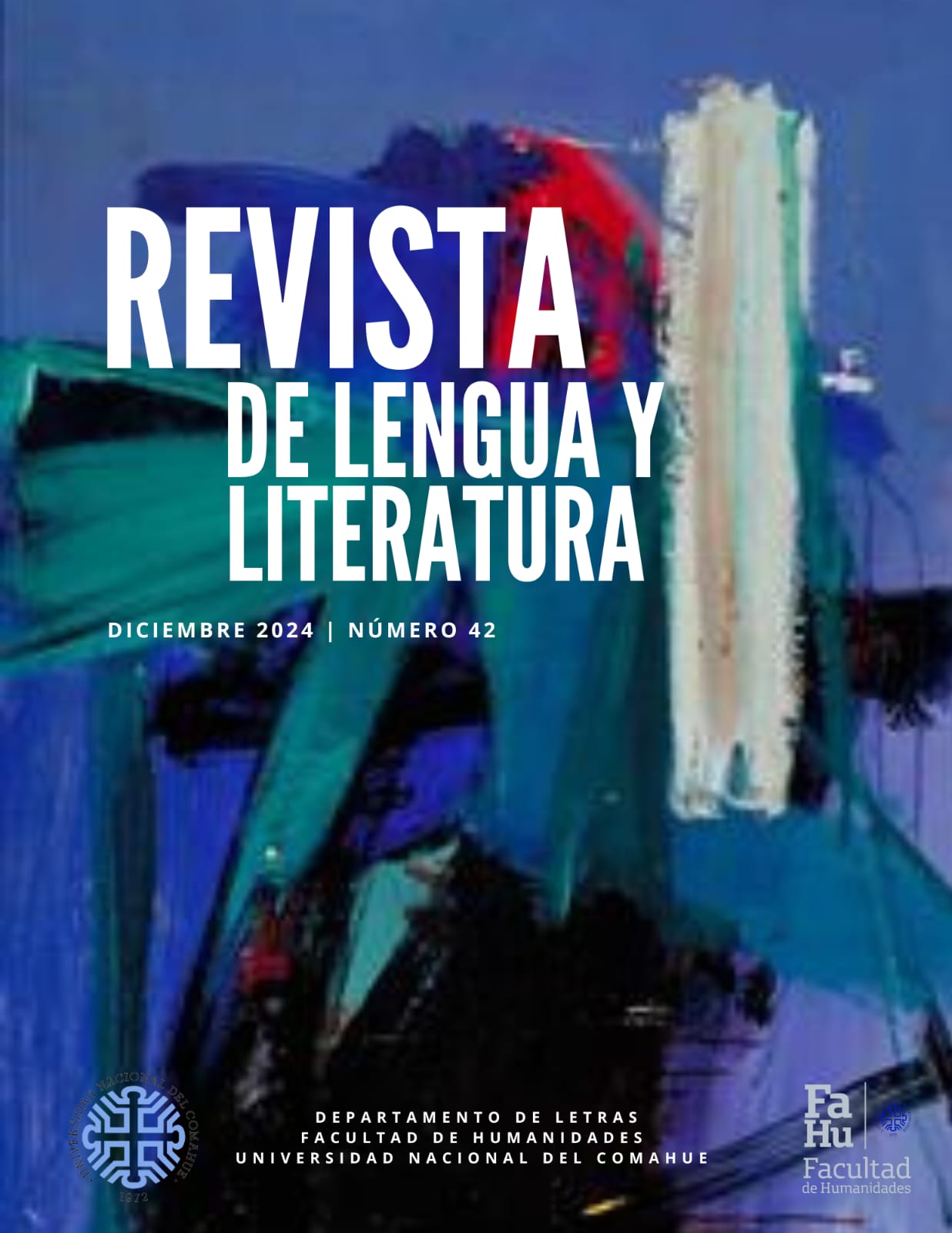La Belle Créole by Maryse Condé or how de-exoticize Guadeloupe
Keywords:
Maryse Condé, Insularity, Exoticism, StereotypeAbstract
The Caribbean islands, to the extent that they embody a number of stereotypes “that define their specificity, strangeness and charm”, constitute what Staszak calls a “geo-semantic domain” born out of exoticism (2008; 20). Indeed, they appear in the Western imagination as islands of lush vegetation, a climate conducive to sensuality, and a certain Creole well-being associated with laziness, as exemplified, for instance, in Baudelaire's poem “L’invitation au voyage” [Invitation to the Voyage].
Although exoticism is defined less as the characteristic of an object than as someone's viewpoint on it, certain territories have undergone a process of exoticization by the West, which, through conquest and colonial domination, has made London and Paris an “absolute here (...) against which an absolute elsewhere is defined” (Staszak: 2008; 9). Fortunately, there are strategies to overcome exoticism, as Staszak notes (2008: 28-29), some of which are employed by Maryse Condé in La Belle Créole [The belle créole]. Our goal here is to explore how the author goes about reversing the exotic gaze that weighs upon the island, or at least refocusing it with the aim of de-exoticizing it.
Downloads
References
Baudelaire (1972), Les fleurs du mal, Paris : Le livre de Poche.
Beniamino, M. et L. Gauvin, (dir.) (2005). Vocabulaire des études francophones. Limoges: PULIM.
Castelain, J-P. (2006). “Approches de l'île”. In Ethnologie française 2006/3 (Vol. 36), pp. 401- 406. Paris: Presses Universitaires de France.
Condé, M. (2001). La Belle Créole, Paris: Mercure de France. Coll. Folio Gallimard.
Confiant, R. (1994). “Questions pratiques d’écriture créole”, Écrire la “parole de nuit”. La nouvelle littérature antillaise. Paris: Gallimard.
Genette, G. (1987), Seuils, París: Seuil.
Dufays, J. L. (1994). “Stéréotype et littérature: l’inéluctable va et vient”. In Le Stéréotype: Crise et transformations. pp. 77-89. Caen: Presses Universitaires de Caen.
Meistersheim, A. (2006). “Le Malentendu. Entre imaginaire insulaire et imaginaire continental”, in Ethnologie française 2006/3 (Vol. 36), pp. 503-508. Paris: Presses Universitaires de France.
Moura, J-M. (1998). La littérature des lointains. Histoire de l’exotisme européen au XXe siècle. Paris: Honoré Champion.
Staszak, J-F. (2008). “Qu’est-ce que l’exotisme?”. In Le Globe, Revue genevoise de géographie, vol. 148, pp. 7-30. Disponible en : https://doi.org/10.3406/globe.2008.1537
Downloads
Published
How to Cite
Issue
Section
License
Copyright (c) 2024 Revista de Lengua y LiteraturaLa aceptación de colaboraciones por parte de la revista implica la cesión no exclusiva de los derechos patrimoniales de los autores a favor del editor, quien permite la reutilización bajo Licencia Atribución-NoComercial-SinDerivadas 2.5 Argentina (CC BY-NC-ND 2.5 AR)
Usted es libre de:
Compartir — copiar y redistribuir el material en cualquier medio o formato
La licenciante no puede revocar estas libertades en tanto usted siga los términos de la licencia
Bajo los siguientes términos:
Atribución — Usted debe dar crédito de manera adecuada, brindar un enlace a la licencia, e indicar si se han realizado cambios. Puede hacerlo en cualquier forma razonable, pero no de forma tal que sugiera que usted o su uso tienen el apoyo de la licenciante.
NoComercial — Usted no puede hacer uso del material con propósitos comerciales.
SinDerivadas — Si remezcla, transforma o crea a partir
El simple hecho de cambiar el formato nunca genera una obra derivada, no podrá distribuir el material modificado.
No hay restricciones adicionales — No puede aplicar términos legales ni medidas tecnológicas que restrinjan legalmente a otras a hacer cualquier uso permitido por la licencia.





